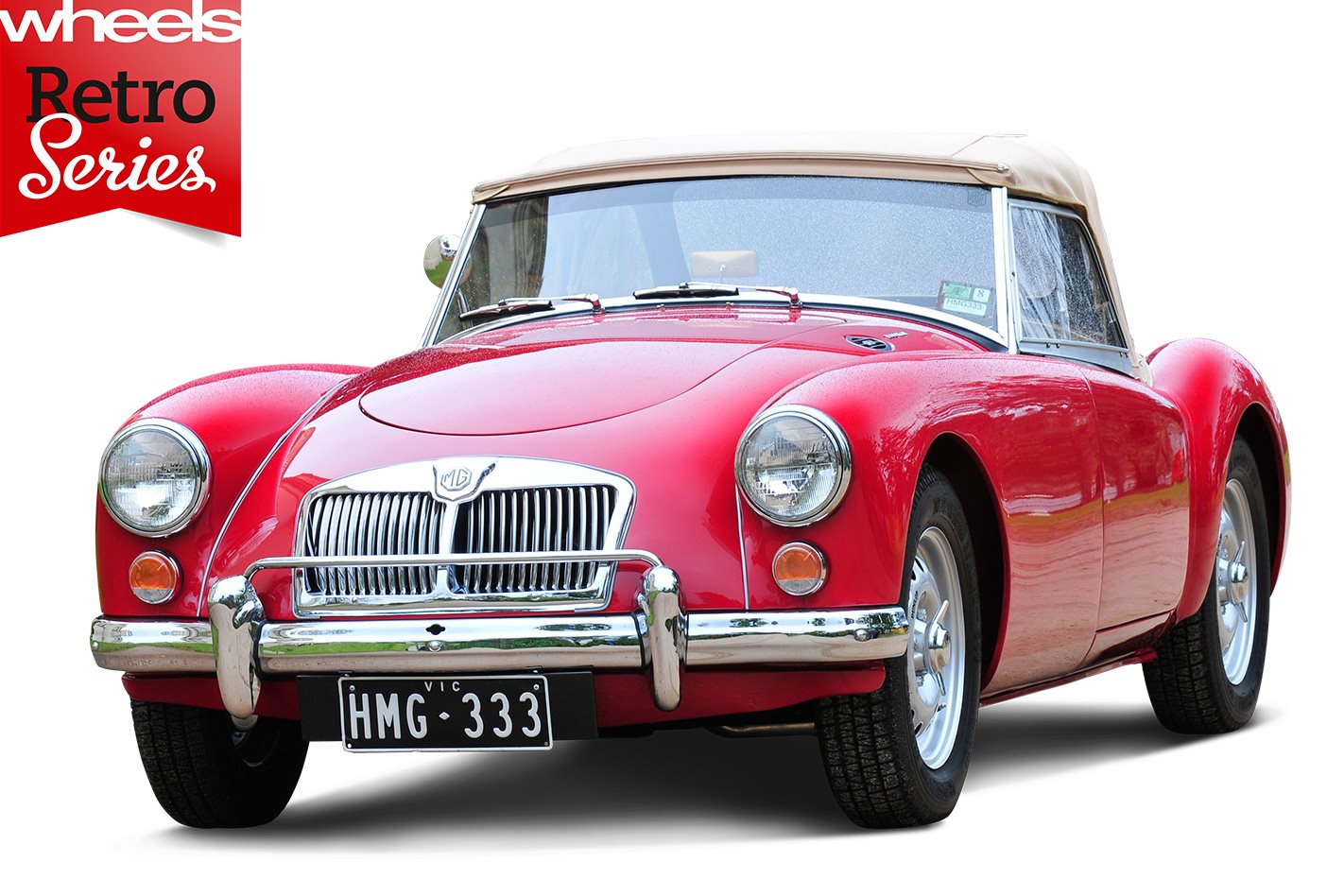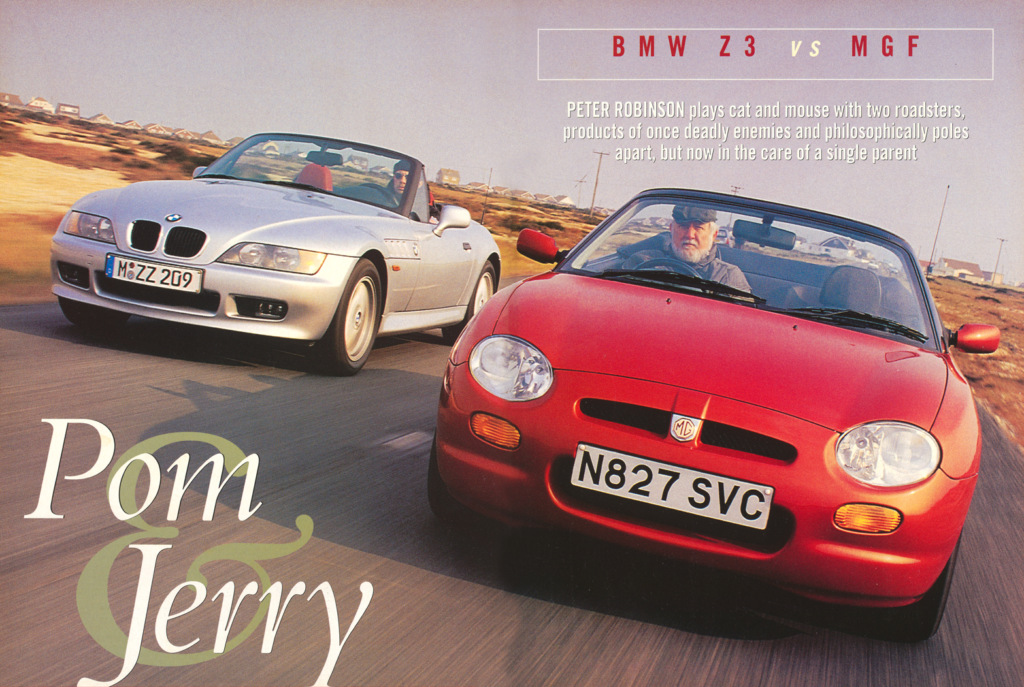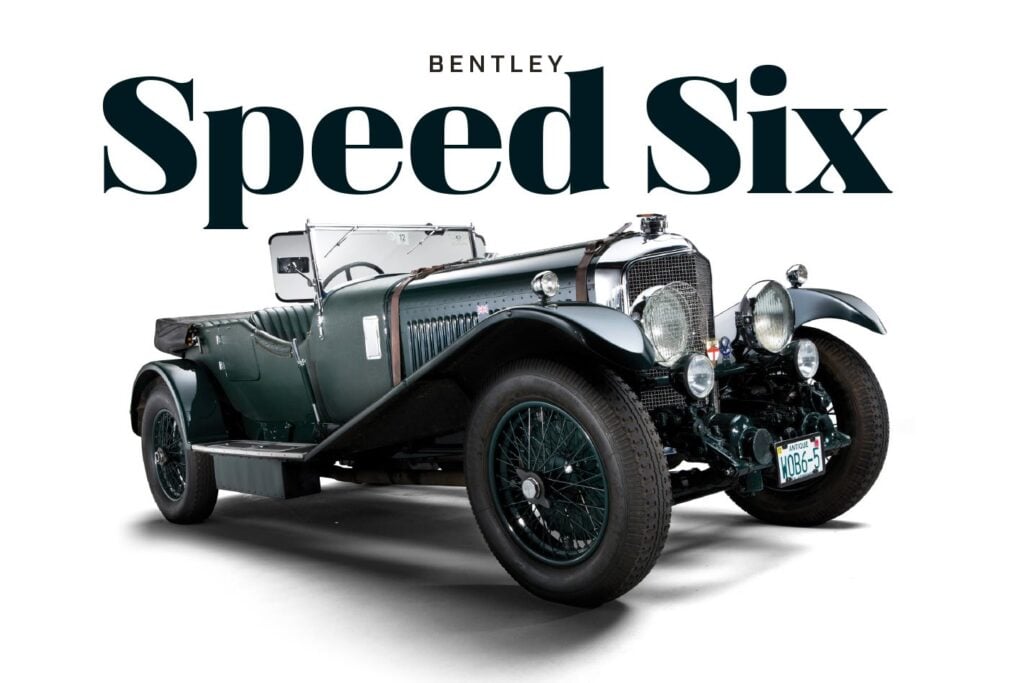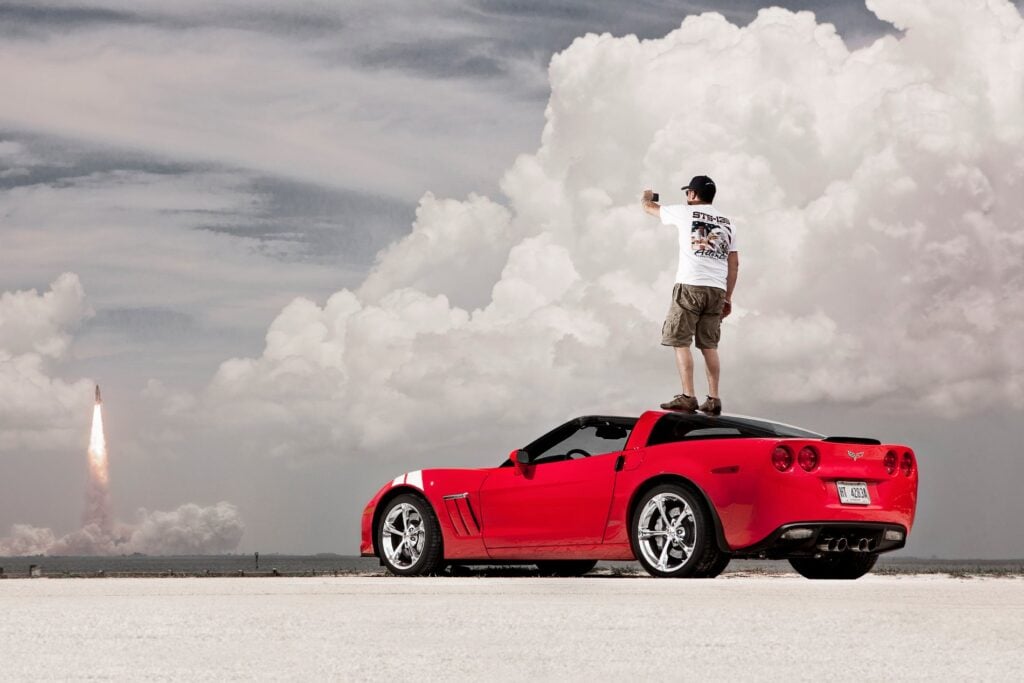MG awoke from its post-war slumber with this sleek new convertible.
CECIL Kimber and his MG marque – the initials stand for Morris Garages, where Kimber worked – gave the world not just fast, affordable and reliable sports cars, but a new formula for making them. Lotus, Porsche and the AC Cobra are just a few examples of performance legends built on the back of proven, mass-produced models.
Early MGs were giant-killers in circuit racing and speed records, but by the early 1950s their upright, “square-rigger” styling was a major sales handicap. Jaguar’s XK120 (1948) and the later Austin Healey 100/4 and Triumph TR2 (both 1953) had reset the template.
As ever, MG turned to its racing experience. In 1951, motorsport photographer and successful MG TC racer George Phillips commissioned Syd Enever, who worked in MG’s experimental department, to design a streamlined body for the 1951 Le Mans sports car race. Based on a new TD chassis and running gear, the EX172 pointed the way for MG’s future. However, development of a streamlined successor to the TD was stalled by BMC management’s preoccupation with the Austin Healey.
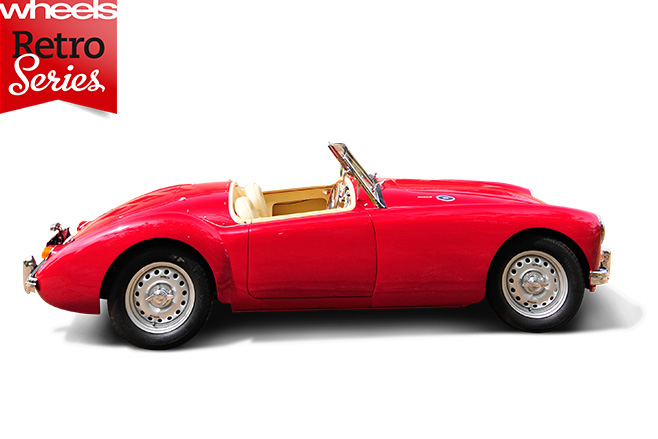
The MGA, launched in September 1955, was effectively a productionised EX182. Beneath the all-new body was a well-measured recipe of new and existing parts, including steering and front suspension partly pilfered from the recently defunct Y-series sedan.
Despite some initial resistance to the suddenly modern styling, the MGA sold up a storm. The lion’s share of production went to the US, where its timing played perfectly into the post-war sports car boom.
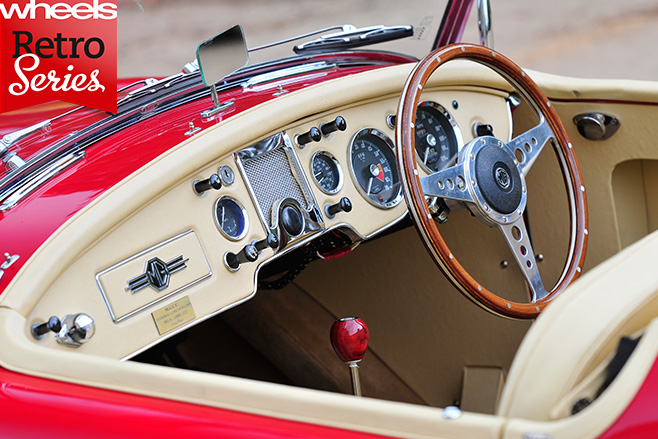
Instant popularity in racing prompted MG to produce the Twin Cam in 1958. It was exotic, fast and fragile; just 2111 were built. Its bigger-bore block and (front) disc brakes were adopted by the (sohc) MGA 1600 in 1959, followed in 1961 by a refined, swansong MkII (pictured).
Some 101,081 MGA roadsters and coupes were built from 1955-62, most being the early 1.5-litre models. It had been the biggest-selling model in MG’s history, but its successor, the MGB, would outsell it almost four times over. What could possibly go wrong?
Modest gains
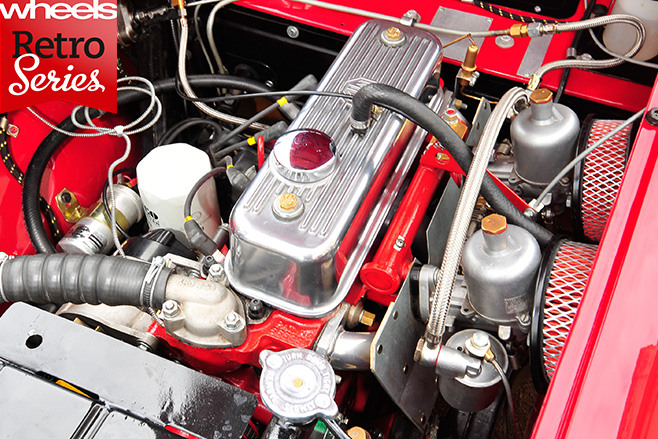
Good vibrations
MGA’s widened chassis created lower, more spacious seating for two. The original spring-spoked steering wheel (not the solid one pictured) eased road vibrations. Full gauges, rheostat panel switch and map reading light were pleasant bonuses on the steel-faced dash. “Rubber-filled leather trim” on dash top was a “safety measure”. Roadsters lacked exterior door handles; you reached under the sieve-like soft-top and pulled a cable inside the door trim.
Body on frame
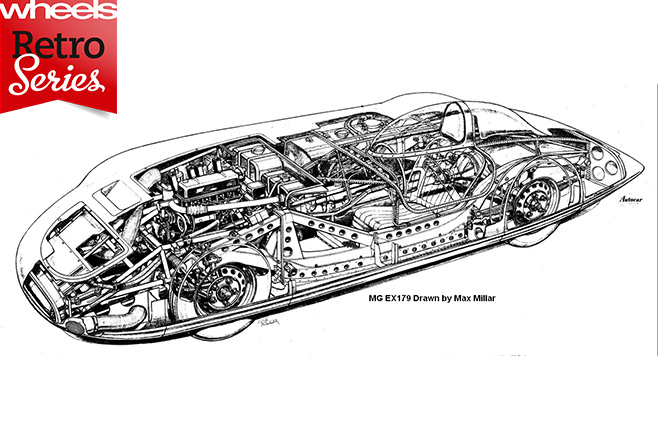
Fast & factual
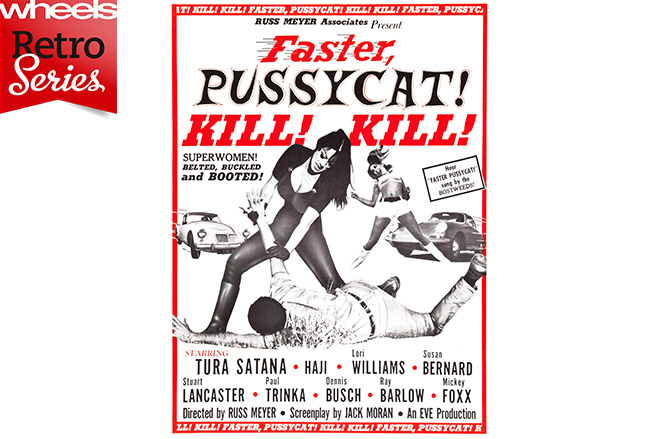
MGAs were drawn to B-movies. Our faves are Faster, Pussycat! Kill! Kill! (1965), The Horror of Party Beach (1964) and Daughters of Satan (1972)
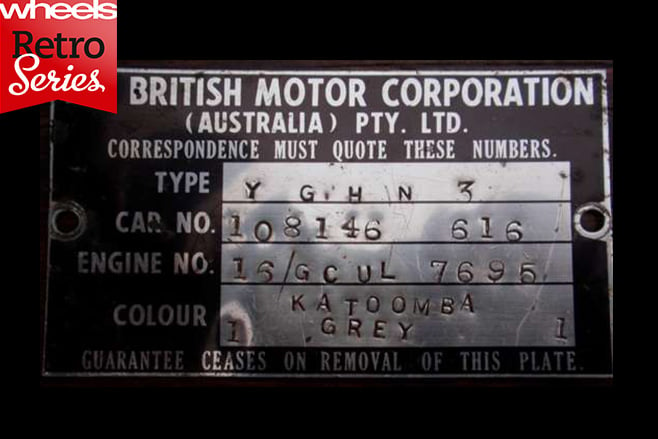
MGAs were assembled in Australia from kits by BMC in Zetland, Sydney. Local content varied, but went right up to Oz-made 1622cc engines
Phoney numbers
MG’s traditional chassis numbering, which had started with the factory’s telephone number (Abingdon 251), finally ended with the MGA
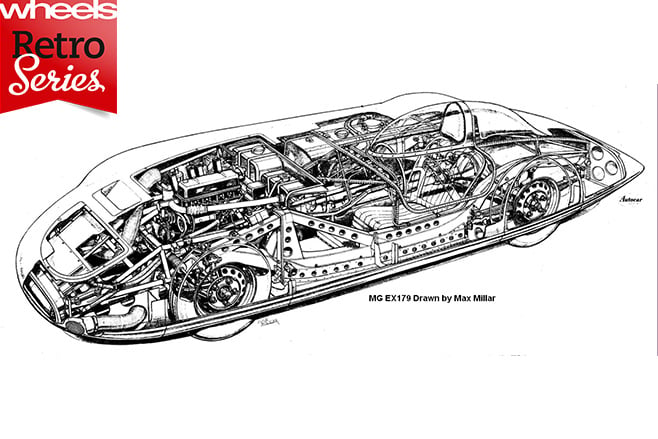
The MGA’s wide-spaced ladder chassis is a direct descendant of EX179, George Eyston’s famous 1954-57 Bonneville record-breaking streamliner (above)
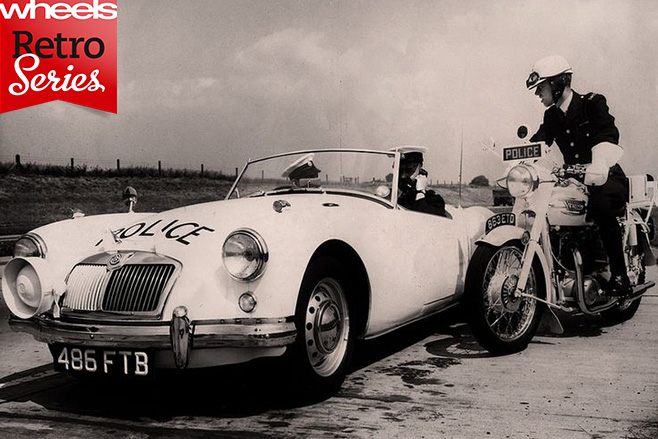
Dozens of MGAs, fitted with high-accuracy speedometers, were used by various British police forces as highway pursuit cars

